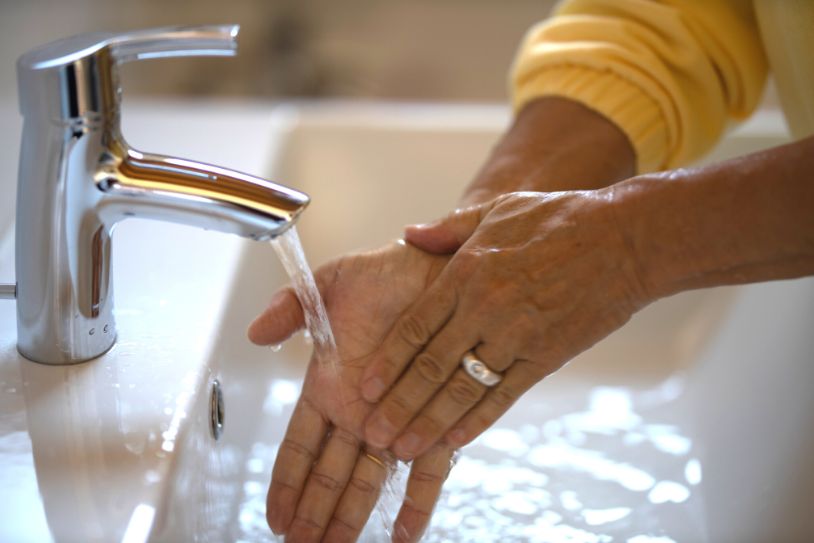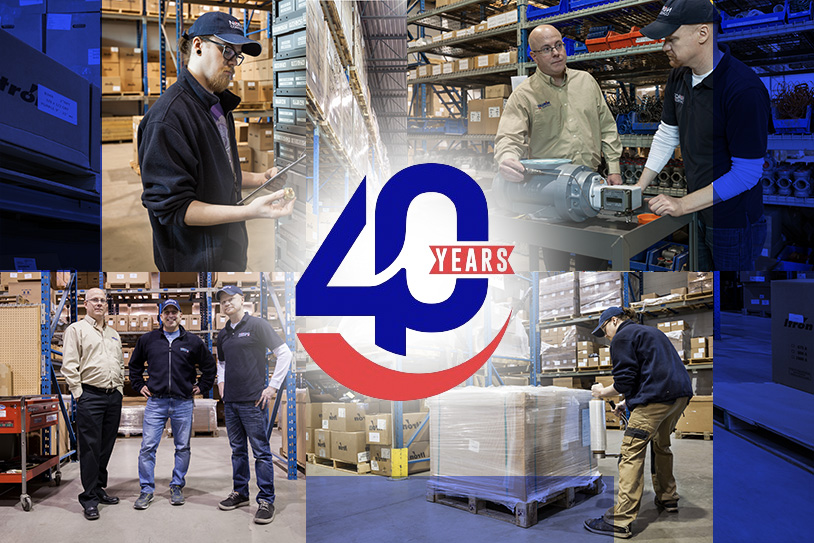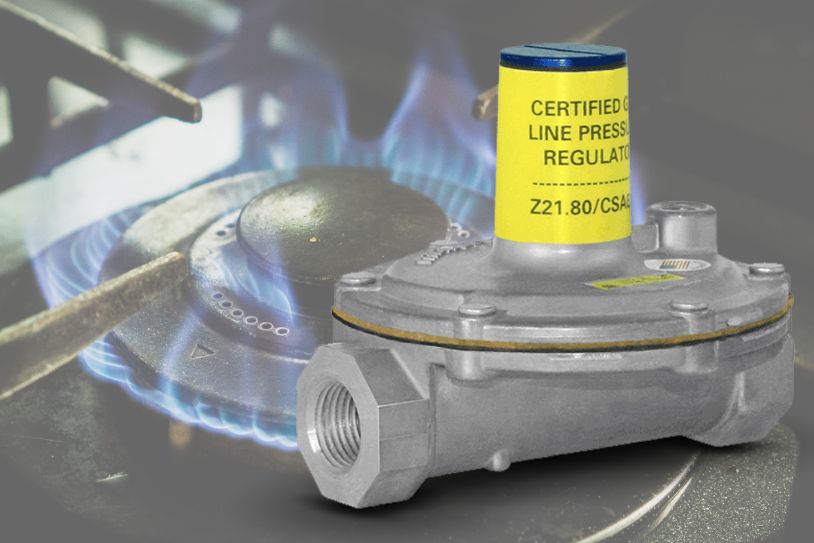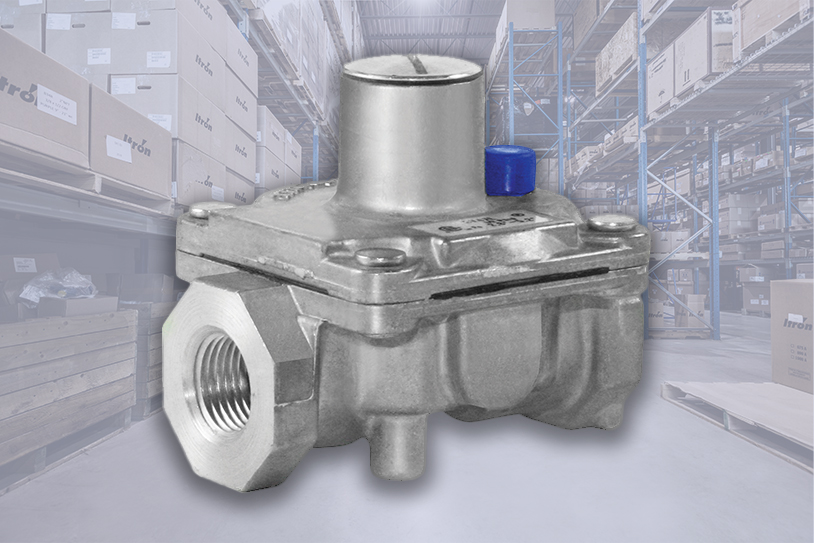7 Benefits of Water Submetering in Residential Applications
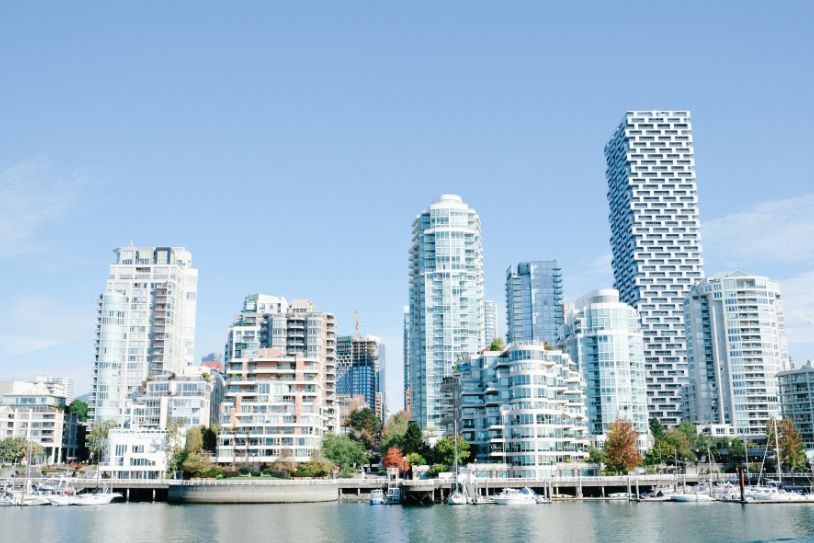
Water conservation efforts are happening around the world to maximize the efficient use of valuable resources to protect the environment and public health. Water submetering can benefit many types of buildings, hospitals, schools, shopping malls, and multi-residential properties.
In Canada, although we have up to 20% of the world’s fresh water, about 85% of the population in Canada doesn’t have access to fresh surface water. The Government of Canada has implemented strategies and programs designed to make residents aware of the need to control their water usage and promote sustainability.
What Is Water Submetering?
Submetering refers to any meters installed after the main utility meter. Although this article is about water submetering, submeters can be used by all utility types, electricity and gas, for example. This allows each tenant and property manager to have accurate usage data of the resource.
With water submetering, each individual tenant would have their own water meter and can be billed for that use. Property managers can understand where water is being used across the property to find ways to reduce consumption and better manage resources, ultimately saving money.
Key Benefits of Submetering
Measuring water consumption in Canada or methods designed to reduce water usage have been proven to effectively conserve water. With rising utility costs, both property managers and tenants in residential buildings can benefit from water submetering technology. Below are 7 of these benefits.
1-Fair and Accurate Tenant Billing
Cost sharing is becoming archaic. In residential units, tenants don’t want to pay for their neighbour’s water use. Mechanical water meters eliminate the need to share costs across the board. Tenants only pay for the water they use.
2-Tenants Are Incentivized to Reduce Water Usage
Submetering gives tenants a responsibility to watch their own bill. Because they aren’t cost-sharing any longer, they are accountable for their individual use. They can monitor their own use and adjust how they want.
3-Reduce Operating Costs
Water meters and gas meters for each individual tenant reduce utility loss by pinpointing where resources are being used. Tenants are more aware of their own utility use, which can lead to them making better choices about consumption. Property managers can use submetering to monitor and analyze water consumption, which can lead to more efficient use of resources and reduced costs.
4-Reduce Carbon Footprint
Awareness of consumption levels can lead to less usage, which is one way to reduce your carbon footprint. With submetering, the building can earn points toward LEED ratings or earn incentives as an energy-efficient building, which can add up to a higher ROI.
5-Address Minor Problems
Water submetering lets you pinpoint leaks or a drain on resources, so you can take care of problems before they become crises, costing thousands of dollars. Your buildings perform better. Tenants are happier when they aren’t paying for poor water usage across the property.
6-Information Is Power
Submetering gives you information about where your property is using water and other resources. With this data, you can improve your bottom line by implementing energy-efficient renovations and lowering your costs by finding opportunities to reduce usage. Submetering is a proven way to get successful results for saving money because you get information to help manage resources.
7-Tenants Want Greener Residences
Even tenants who rent accommodations are concerned about their own carbon footprint. Newer generations want to know that the businesses they support are green and eco-friendly. Submeters can be part of your marketing program to pull in tenants with the same goals and concerns that you have for the environment.
Reasons for Water Submetering in Multi-residential Properties
The absence of submeters in apartments and other multi-residential properties can be a source of lost revenue. Without submeters, property managers are forced to forecast the annual cost of utilities to pass it on to tenants. When utility rates rise or more resources are consumed, the property pays the price instead of the tenants.
Submetering is becoming more popular in multi-residential properties because of the various benefits it brings.
- Tenants who know how much water they use can reduce their consumption. Leaks are reported quicker. Tenants have a reason to monitor their water usage because they have an incentive to do so.
- Submetering improves the bottom line by capturing energy costs as they occur. Instead of billing tenants for projected costs, when the utility rates change, the actual costs can be recouped.
- Submetering increases property value by reducing energy consumption and capturing actual operating costs.
- Tenants get fair pricing on their own water usage instead of using cost-sharing pricing.
Cost of Submetering
The expense to install water flow meters and other equipment depends on a number of factors:
- How many units to install
- Age of the building
- Size of the meter
- Building permits and inspections, if required
- Plumbing costs
The savings and benefits over time will make up for the initial investment. You should work with your submetering installer to determine the best submetering system based on your property’s infrastructure and any local regulations that apply. Examine the cost-effectiveness of submetering to determine what fits your needs. In the long term, submetering will save money when you use the data to drive down costs.
Types of Applications
Water submetering isn’t just for commercial buildings. Many residential facilities use water submetering to manage energy resources:
- Apartments
- Condos
- Townhomes
- Gated communities
- Assisted living facilities
When you are ready to establish a submetering system, we recommend including all users and stakeholders in the process. Explain how the data and system will be beneficial. Follow best practices for using submetering technology by making data accessible to users as you bill users for consumption. A successful interface provides data in a standard and open protocol so users can review the data to make changes to their own consumption.
At Norgas Controls, we offer water meters and gas meters for residential and commercial submetering applications. Contact us for more information or to speak to one of our experts who will be able to help you choose the right product for your application.
